Let’s start from the very very beginning
Patrick won the competition, but in retrospect for someone who built a $95b+ company in his twenties (and early thirties now 👴🏼)…that should come as no surprise. The important bit was that during this competition, Patrick first encountered the programming language Common Lisp, and one of the biggest Lisp fans on this planet is Paul Graham.
Throughout his time in the competition, Patrick spent a lot of time contributing to Lisp. As a young teen, he leveraged it to build his app “Isaac” (his entry to the competition). Isaac is what we would call today a chatbot….in 2005 chat bots weren’t a thing….and building one with some basic machine learning running in the background was enough to grant him the winning Prize.
Patrick moves to the US to attend MIT (2007)
After winning the competition, Patrick was admitted to MIT at 17, 1.5 years before finishing high school 🙀 (talk about being smart). His brother John, who is 2 years younger, was at something called “activation year.” Activation year is an Irish concept where students take a year off between middle and high school to explore…well life. Students are expected to get some work experience, or travel or contribute to society in some shape or form…because there is more to life than just your grades (as a student…I approve this message🧑🏽⚖️).
Getting into YC and moving to Silicon Valley
Even though Patrick was 17 and John was only 15, they got accepted into the fourth ever batch of YC (W07). The only reason Patrick and John, two teenagers from rural Ireland knew anything about YC was because of Patrick’s involvement with Lisp during his science competition the year prior. Their app “Shuppa” ended up merging with another YC company as soon as they joined. The combined company was named Auctomatic, and the brothers got back to working hard.
Auctomatic and becoming teen millionaires (March 2008)
The ambition for Auctomatic was to build the next eBay. Still, they started off with tools that help individual sellers on sites as eBay, Amazon, Overstock and others manage their listings. In 2008 eBay was all the rave and within a few months of launching, the Auctomatic team got their first acquisition offer. They were young and naive and thought they “had a much larger vision,” so they didn’t entertain it, but over the next 3 months, they got 4-5 more offers and the teens caved in (I guess everyone has a price). They sold the company 11 months in for $5m 🤑. According to media Gossip from 2008, each of the Collison brothers netted around $1.2m from that deal and overnight became self-made teen millionaires.
The return to normal
In case you weren’t already feeling bad about yourself (I know I was), let me remind you that John Collison, became a millionaire at 15 during his gap year and went back to Ireland to *start* his high school.
Patrick, on the other hand, moved to 🇨🇦🇨🇦🇨🇦 to work as the Director of Engineering at “Live Current Media” the public company that acquired Auctomatic. Patrick spent a year in Canada (maybe that was a part of the deal…maybe not…we will never know 🥴). After the year ended, Patrick decided to re-enroll at MIT and officially start his second year. Since he joined university 1.5 years younger than everyone else…he figured he wasn’t in real a rush to graduate.
Stripe…the first lines of code (October 2009)
Hacking away at Buenos Aires - Winter Break (Jan 2010)
In a parallel universe, John completed his high school back in Ireland and received the highest score ever in the country's history. It should come as no surprise that John got admitted into Harvard, and so the duo were both in the US doing boring school stuff and primed for round 2 of building a company together🥂.
Leading up to the Winter break, the Collison brothers applied and got into YC (again) and officially received their funding of 20k-30k by January 2010. Instead of going through the program…they decided they wanted to "hack at it" away from all distractions in the beautiful city of Buenos Aires @ Argentina.
Getting their first user
Bear in mind, Patrick and John, despite their very young success, still had no freakin clue how the financial industry worked…what they knew was how to code.
So what they did was … lie (is it lying if no one asks, though ? ). There was no “financial infrastructure” in any way for the first two years of Stripe. Patrick had a friend working at a payments gateway company…the company’s API was pretty horrific to set up and deal with. So Patrick and John created a set of APIs that were a lot easier to use; he abstracted the whole thing to 7 lines of code that any developer could copy-paste in under 1 minute.
The Powerful analytics screenshot…was actually from plane-related mailing list that Patrick subscribed to…it had nothing to do with Stripe.
Their pricing page was “We’re finalizing our pricing right now, we’ll be competitive.”
The company at the time was named /dev/payments. There is a whole thread about how they came up with the name Stripe..you should check it out 😁
Getting the first 20 user.
The subsequent 20 users followed suit...all were other YC companies. There are many arguments about whether you should recruit your first users out of people you know (and risk getting sugar-coated feedback) or recruit people you don’t know (who are just a lot harder to find.)
Not only did Stripe lean into people they knew….they were also extremely aggressive about it. As Paul Graham outlined in his essay Do Things that Don’t Scale
“At YC we use the term "Collison installation" for the technique they invented. More diffident founders ask "Will you try our beta?" and if the answer is yes, they say "Great, we'll send you a link." But the Collison brothers weren't going to wait. When anyone agreed to try Stripe they'd say "Right then, give me your laptop" and set them up on the spot.” - Paul Graham
Pricing as a forcing function.
The next 50-100 customers.
“ (we realized that) the economic foundation of the web was really shaky and despite Paypal’s best attempt…they never really got there. The internet is still very young.....still a small fraction of transactions happen online. It’s crazy how manual it is...it’s incredibly hard to transact across borders…. if you are an American you can only buy from American companies and so is the case regardless of where you live. There should be robust reliable economic layer of the internet...and we really felt like we could solve that”
As the summer started reigning in and the Collison brothers took Stripe more seriously, they did a few things to begin acquiring customers outside the YC circle.
The first thing they did (they didn’t do that but rather Garry Tan, who was a YC partner at the time) was to launch a request for the team on HackerNews. The request was if you need payments on the internet..drop those smart people an email and they will help you out. By my very unscientific method, this post landed them between 300 and 550 signups on the waitlist. (Stripe had to implement a waitlist because… they had to do all the account creation stuff manually)
Swag-on: Every time someone made their first transaction on Stripe, they sent them a Stripe swag kit. (It helped that they had the addresses of everyone signing up handy)
Employees: This was not something the brothers planned on. The duo was extremely young (19 & 17) when they founded the company, so every new hire needed to take on a lot of responsibility. Naturally, they leaned into hiring founders. Out of the first 10 employees, 8 of them were founders. If there is one thing you can bet on….it’s that founders know other founders (period)
Raising money and actually building the product.
By the end of the summer, Stripe accumulated around 1000 signups to their waitlist. It's not clear how many of those were in the beta, given that Stripe had no financial infrastructure. If I am to bet my life on it, I would say something like 50-150 users. After the summer of '09 concluded, John and Patrick decided to go full time on Stripe. They raised $2m from whose who in the tech circles… that includes A16z, Sequoia, Elon Musk, and Peter Thiel.
Patrick attributed much of their ability to raise this money to Paul Graham, who facilitated many of these intros and was a grand champion of the company. Over the following 14 months, the team laid low and went full-on building mode. They got the appropriate partnerships in place, dealt with regulatory requirements ..etc..etc
On September 29th, 2011….Stripe finally launched to the public.
Getting Customers Post Launch
In the post-launch era, Patrick and the team started pouring more energy into acquisition:
Every month they hosted a Capture The Flag contest (think of it as Minecraft for engineers) at their offices. According to the one friend I talked to that attended one of those…he loved it! Free pizza and drinks were flowing…(and who doesn’t like free food).
As the team grew and more people started attending those events, the group began doing meet-ups. If John or Patrick were in another state for one reason or another, they would put together a meet-up event for developers and hackers. In the beginning, these were Capture the Flag competitions, but over time morphed into a more general meet & greet kind of events.
As the interest in Capture The Flag competitions grew further. They started hosting them online….thousands and thousands of developers tuned in to solve these challenges every month.
Within six months, they started running ads on StackOverflow. For the first year, that was the only channel they used for paid marketing.
They also really really leaned into the narrative of “Paypal founders backing the next payment internet company.” See here and here
The last bit was reviews from internet bloggers. For the most part, those were unsolicited (example, example2) but were a cornerstone to how they acquired customers post-launch, according to a random 2012 interview with Patrick I stumbled upon.

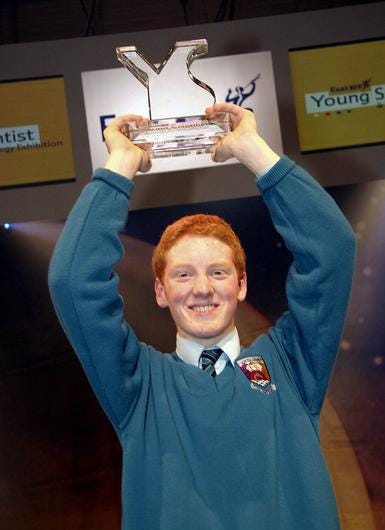


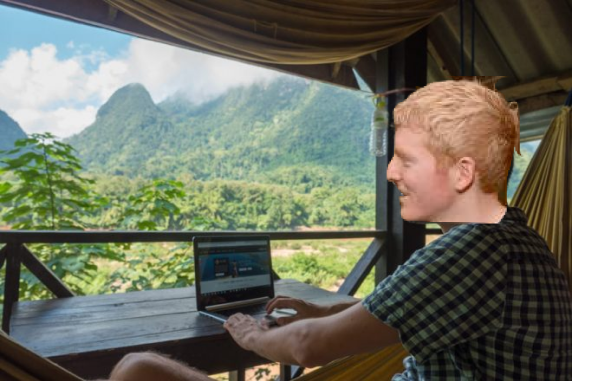
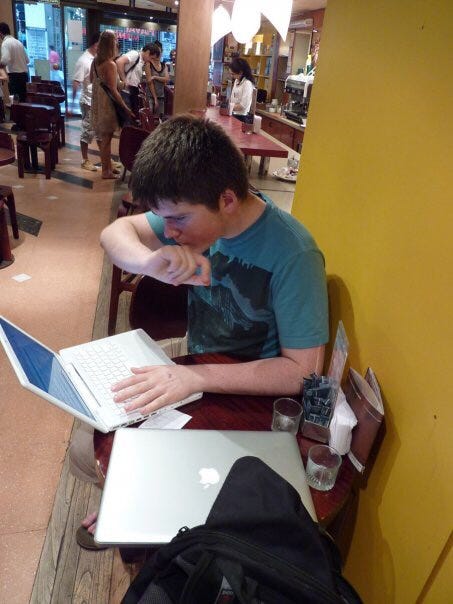
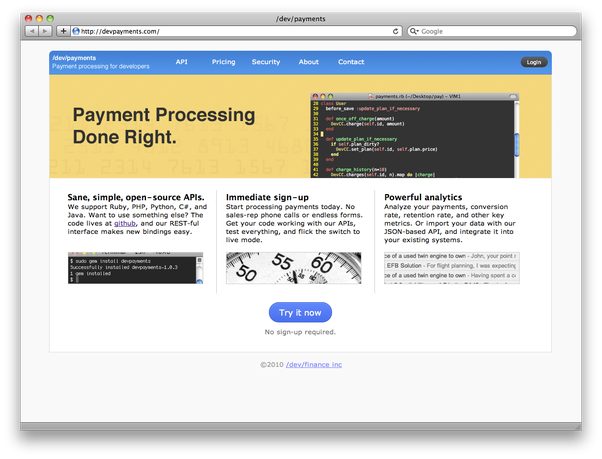
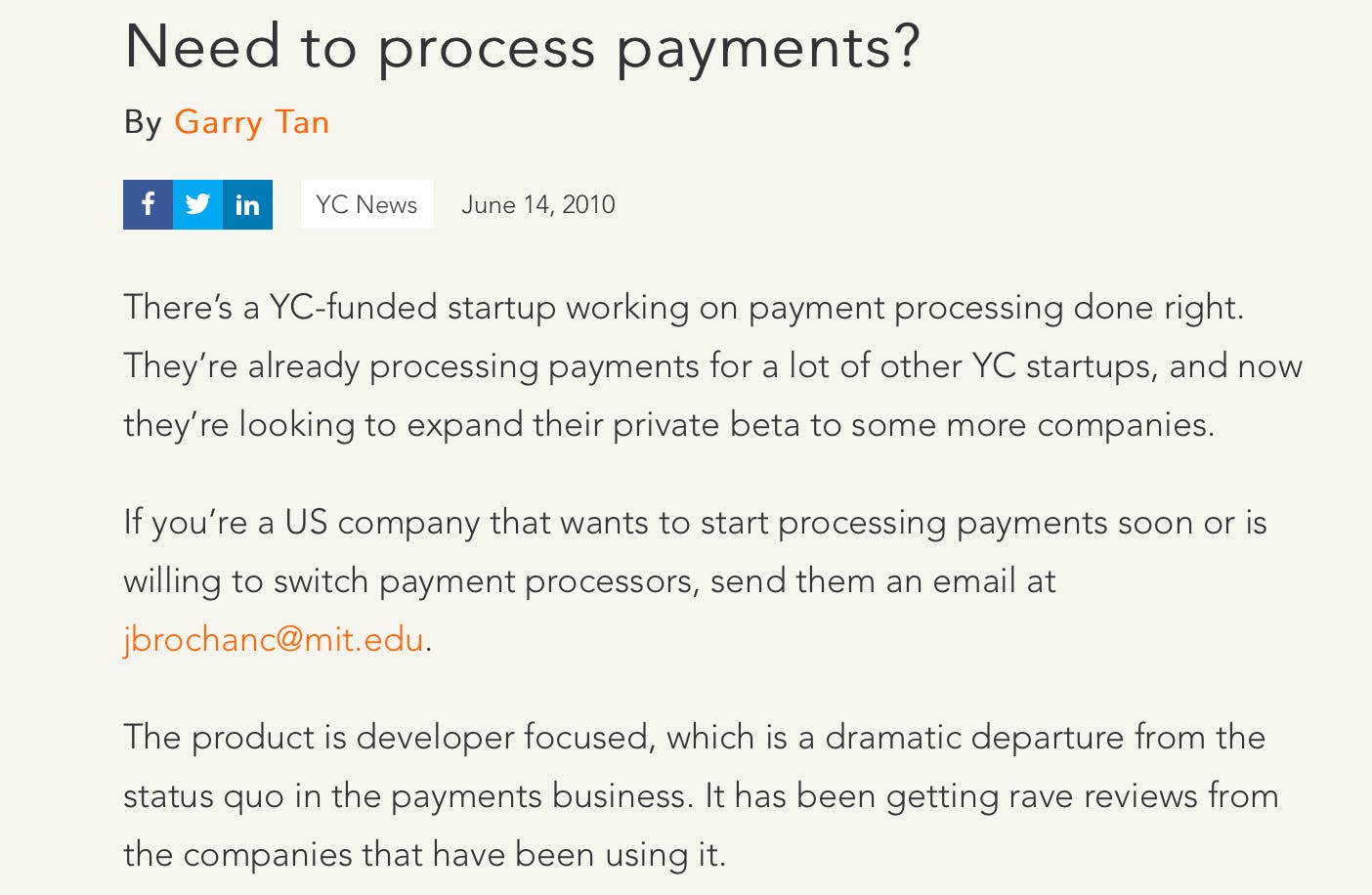
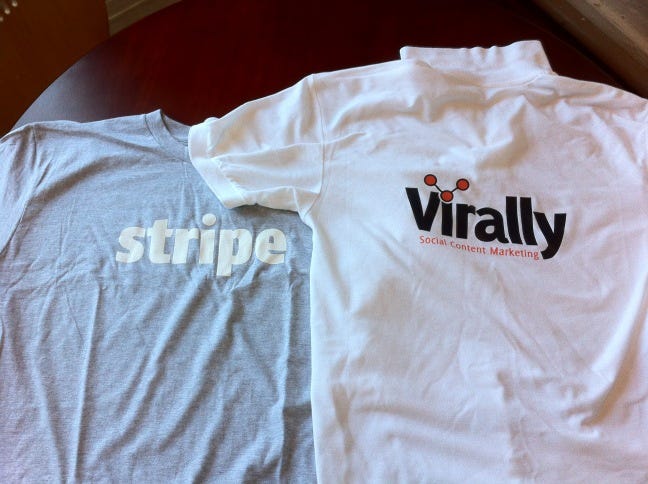
Comments
Post a Comment